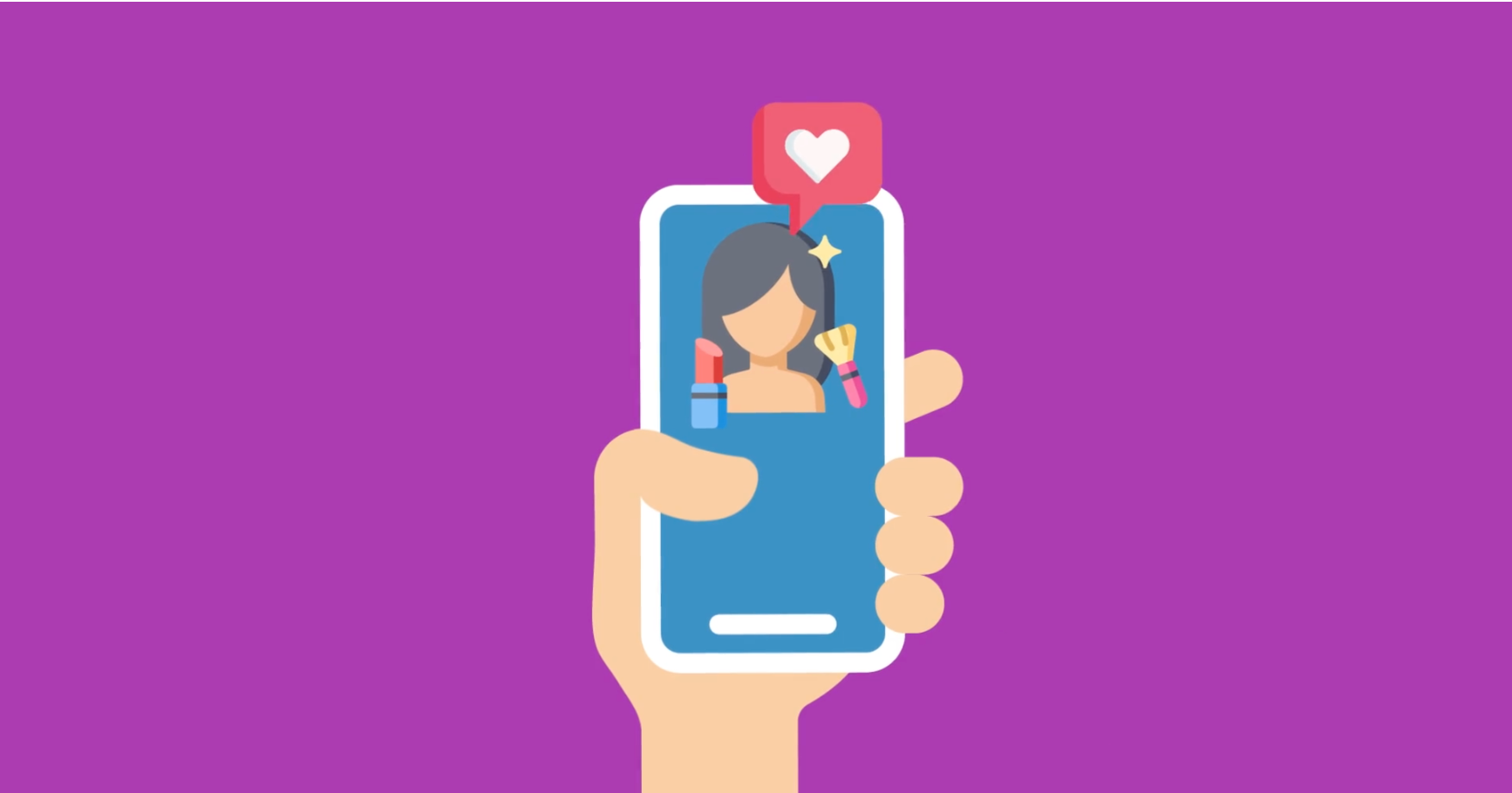

While many brands have spent the last decade focusing on digital, last year saw a shift in the opposite direction as several formerly online-only brands realized the importance of the authentic, personal experiences only retailers can provide. The power of the authentic experience retailers provide is something Promoboxx has known and believed in since 2010!
Consumer goods and fashion brands partnering with retailers or opening their own storefronts comprise a “clicks-to-bricks” movement that suggests direct-to-consumer channels are imperfect on their own.
Instead, brands are bolstering their image and drawing in customers that have always preferred browsing the web to browsing the racks by combining efforts on digital and retail channels. According to research reported by Inc., that’s exactly what consumers want. Inc.’s research showed that most people shop both online and at brick-and-mortar shops, and above all, they want a seamless experience from click to purchase, no matter where that happens.
How can brands achieve this state of balance? By creating a marketing plan that invests in both direct-to-consumer and retail marketing in a thoughtful way. Here’s a rundown of why an omnichannel strategy is important, and how your brand can get there.
Combining direct-to-consumer and retail channels may not seem intuitive for companies that have traditionally viewed the channels as competition. According to Susan Dooley, a brand consultant and former SVP of The Rockport Group, direct and retail strategies shouldn’t compete, or even just coexist, they should support one another.
“Brands have to make sure the direct-to-consumer business works in tandem with their wholesale business. They just can’t be independent functions and expect all ships to rise,” said Dooley.
Brands believe that a benefit of direct-to-consumer sales is that they have ultimate control over branding. A common perception is that with retailers it’s hard to ensure all messaging and content is on-brand, so some brands avoid providing marketing materials to retailers altogether.
In addition to brand gatekeeping, companies focus on direct-to-consumer sales because they can show their full product range without being compared to competition seen on a nearby shelf in a retail store. Today’s shopper wants options and transparency – but they want it with the authentic third-party endorsement of being carried by a known, trusted retailer who will give educated and unbiased advice.
Specialized retailers are trusted resources where people want to not just shop, but seek advice from a familiar and knowledgeable associate. For brands, an endorsement from one of these local experts can convert a prospect into a lifelong loyalist because it carries the weight of the shop’s local reputation. For the customer receiving the recommendation, it’s like getting a tip from a friend.
Mike Massey, President and Founder of Locally, said that when a shop agrees to carry your products, it’s a vouch for quality from their local experts. In-store transactions are often three to four times as big as those occurring online. This is because customers are able to try and touch a product, as well as get personalized advice from an impartial third party.
“Getting someone into a store is actually the best way to make them a fan of your brand,” Massey said.
[Related Content] Promoboxx + Locally: Partnership to Transform Local Retail >
Anyone who’s ever experienced the disappointment of an online order that falls short of expectations probably saw the shift from online shopping back to retail coming a mile away. A combined approach is a smart approach.
By offering marketing assets through local retailers, brands can ensure that every time a customer interacts with the brand or products, they’re receiving the same message, whether they are shopping online or touching and experiencing your product alongside an industry expert.
This not only gives your brand the reach of digital with the personal benefits of brick-and-mortar, but it reduces your rate of returns and negative reviews because people are able to find the best product for their needs and budget.
Working with multiple purchase channels like retailers also helps bolster loyalty.
“Look at all of your brand’s channels as activators of goodwill. If you just say, ‘Well I’m going to invest in direct-to-consumer,’ you’ll likely lose 80 percent of your potential to reach the customer,” said Massey.
So, how do you begin to implement this strategy? Here are some ideas to consider:
Providing resources to your retailers through a platform like Promoboxx avoids the possibility of retailers sharing off-brand content and prepares them with upcoming digital campaign assets. Retailers can advise your customers on an expert level, and use your approved creative to help build in-store experiences that are fueled by great online interactions.
An aligned strategy is beneficial to brands, retailers, and customers alike. The Promoboxx retail engagement platform connects brands with consumers through retail partners to deliver the authentic experiences that consumers crave.
Promoboxx makes building a strong retail marketing strategy efficient and effective. Request a demo today >

